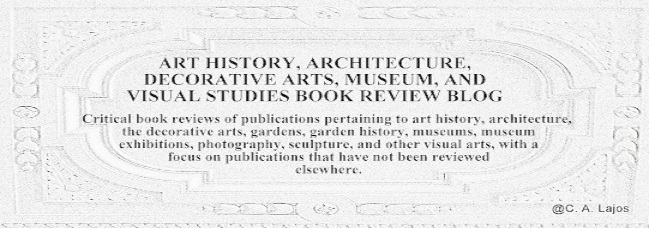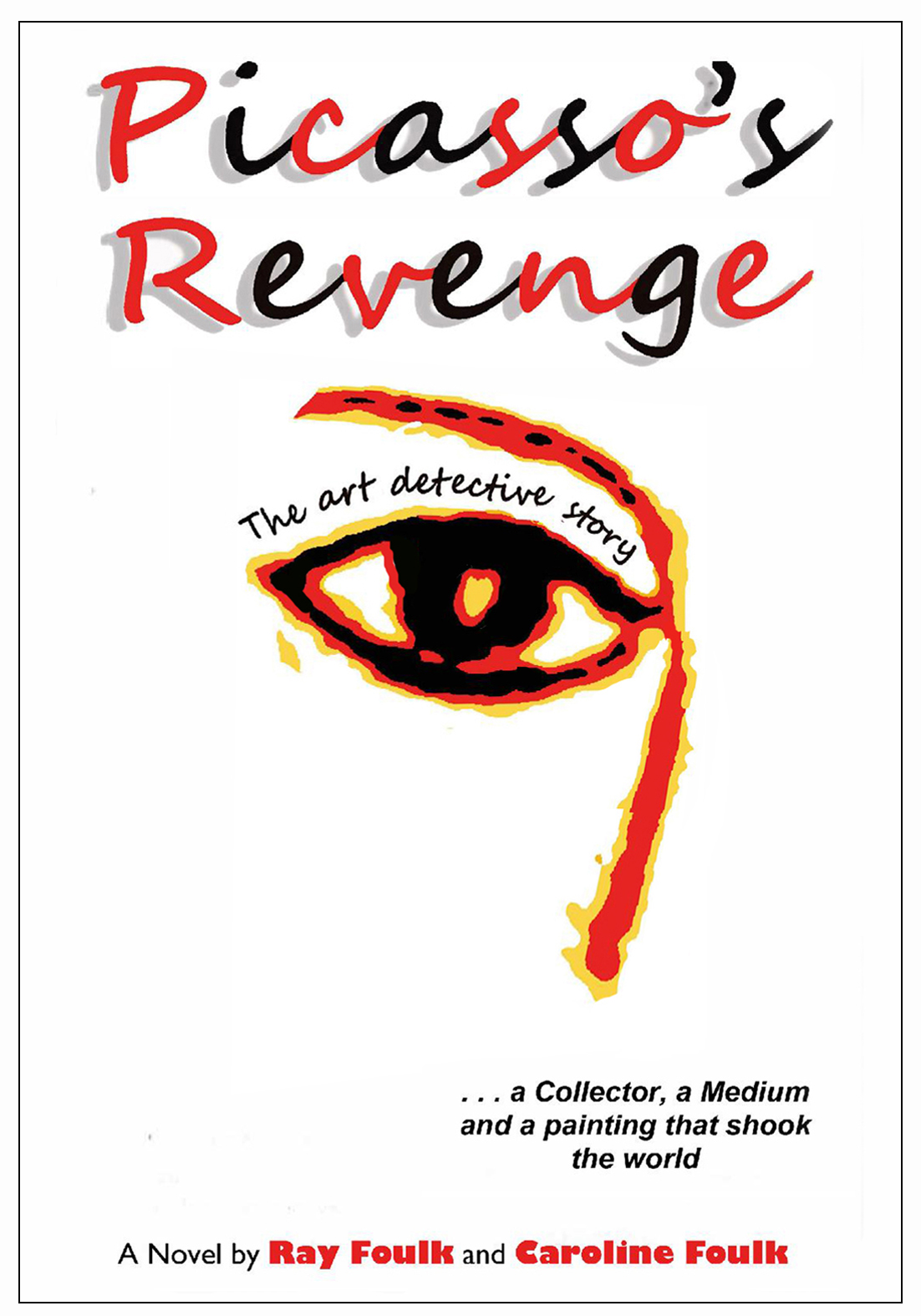Wednesday, March 19, 2014
Minardi, Joseph. Historic Architecture in Northwest Philadelphia, 1690-1930s.
, In this very profusely-illustrated publication (744 color and black-and-white reproductions), Minardi, an award-winning photographer and the author of several books on the architecture of Philadelphia (Historic Architecture in West Philadelphia, 1789-1930s; Historic Architecture in Philadelphia: East Falls, Manayunk, and Roxborough), examines the architecture of the Wissahickon Valley and the individuals who made it possible, oftentimes with the locally-sourced building stone known as Wissahickon schist. The author presents brief histories of German Township and the neighborhoods of the Wissahickon Valley, Germantown, Mount Airy, and Chestnut Hill. Covering the colonial period to the 1930s and discussing a wide variety of styles and influences, not limited to the Georgian, Colonial, Federal, Second Empire, Romantic Eclectic, and Victorian Eclectic, Minardi provides an ambitious, wide-ranging architectural history and review of 450 structures, many of which are extant and well-preserved. He features churches, inns, museums, residences, schools, and other building types while meticulously documenting his survey with captions, endnotes, a bibliography, and biographies of selected architects and their firms. Overall Minardi’s presentation of the material is thoughtful, well-organized, nicely formatted, and professional. Unfortunately, this publication lacks a good map or maps of the neighborhoods. Scholarly yet accessible, this book will be of significant interest and value to historians, architects, preservationists, residents, and some general readers who may be delighted by its superabundance of contemporary and archival images. It is very highly recommended for large public, academic, and special libraries, particularly for those located in the Delaware Valley region. Review copy. Availability: Amazon.com, Barnes & Noble.com, Schiffer Publishing
Friday, October 5, 2012
Restemeyer, Virginia and Weiner, E. I.. Hip & Hidden Philadelphia: the Unexpected House in a City of Tradition.
Approaching their subject from two rubrics-- a lot can be learned about the inhabitants of a city from the buildings in which they live and the personality of a city is reflected in the architecture of inhabitants’ houses-- two longtime residents and “flaneurs” of Philadelphia, who write and edit several websites and blogs dedicated to art, architecture, landscape, and the study of placeness (hipandhidden.com , arslocii.com , hipandhidden.wordpress.com , arslocii.wordpress.com), take readers on an armchair traveler’s tour of the “other” Philadelphia, the “other” Philadelphia that can be found “inside” the Philadelphia we know from the news and its towering constructions, including condominiums, apartment buildings, and skyscrapers. Restemeyer—-an artist, designer, publisher, and writer-- and Weiner—-an author, editor, journalist, photographer, and writer-- showcase the “other” Philadelphia that may be characterized as “amazing,” “daring,” “different,” extra-“ordinary,” “hidden,” “one-of-a-kind,” “one-off,” “random,” “subtle,” “subversive,” “sudden,” “unique,” and “unusual.” (Probasco Haus Press Release) They define the “other” Philadelphia as the “hip and hidden” one that defies simple definition (pp. 5-7) yet is comprised of “unexpected” homes in a “city of tradition.” In an introduction and eleven chapters, the authors attempt to reveal houses in Philadelphia that fall outside the norms of 18th, 19th, and 20th century architectural styles and developments evidenced by the familiar brick row houses and twins that can be found throughout the city. Spotlighting nearly 100 properties, all of which are located within the city’s limits (p. 6), Restemeyer and Weiner group the residential structures into chapters according to eleven “hip and hidden” categories they developed while walking the city and researching their book: the Classics, Adaptive Reuse, Incorporated Past, Facelift, Pioneers, Quirky Individualism, House=Site, Artistic Assertion, Modernist Assertion, The Referenced Past, and Unique Comparables. As addenda, in lieu of a back-of-the-book index, they include a Neighborhood Guide, citing the pages upon which houses in particular neighborhoods are discussed, as well as an Architects and Builders List, referencing the pages upon which the works by certain architects and builders are mentioned. Whether the authors successfully fulfill one of their goals to document Philadelphia’s “essential hip and hidden” houses remains to be adjudged by readers, who must grapple with the authors’ categories as well as the plethora of stylistic concepts and terms that they use to present the “hip and hidden” houses in Philadelphia. In need of at least a glossary defining artistic styles and terms, the strength of this publication rests on its original, artful, individualistically- focused examinations of various residential structures in Philadelphia. Each house is described in considerable detail by the authors by means of insightful commentary and oftentimes by three or more color photographs illustrating its features on double-page spreads. Generously-illustrated, with more than 400 high-quality, color photographs, and professionally- presented, with careful attention to design, layout and prose, this publication will interest some general readers, students, and others. A subset of readers, most likely those with little free time to walk through the city and/or those possessing a rudimentary to intermediate knowledge of the city’s complex architectural palimpsest, may find the absence of addresses or even a map documenting the presences of structures frustrating and contrary to the authors’ intentions of encouraging readers to “explore” and “find” the houses in the “general Philadelphia neighborhoods” in which they are situated. (p. 9) Due to its original approach to its subject and its significance as a book documenting the more unusual residential structures in a large, northeastern, American city with a distinguished architectural history, this book is highly recommended for large public and special library collections, particularly for those found in the Philadelphia and Delaware Valley region. Purchased review copy. Availability: Probasco House Press and selected fine bookstores
Sunday, November 2, 2008
Scalera, Michelle A.. Cà d’Zan: the Restoration of the Ringling Mansion.

The John and
In this concise, nicely-illustrated book, Scalera (Chief Conservator, The John and Mable Ringling Museum of Art) tells the story of the six year, three-phased, $15 million restoration of John and Mable Ringling’s winter dream home in Sarasota, Florida. Known as the Cà d’Zan, the “House of John” in Venetian dialect or the “House of Zany,” the mansion, which today is a museum owned by the state of Florida and administered by Florida State University, was commissioned by John Ringling (1866-1936) and his wife Mable (1875-1929) during the 1920s. Built for $1.5 million, it was designed by the architect Dwight James Baum in an eclectic style and was completed in 1926 with 41 rooms, 15 baths, four stories, and an 8,000 square foot front terrace and dock overlooking















